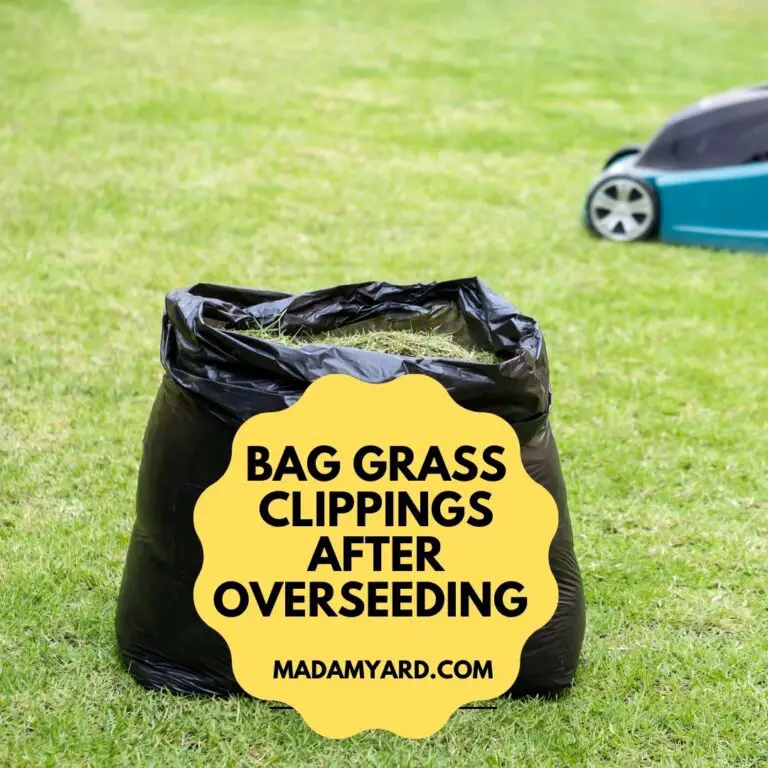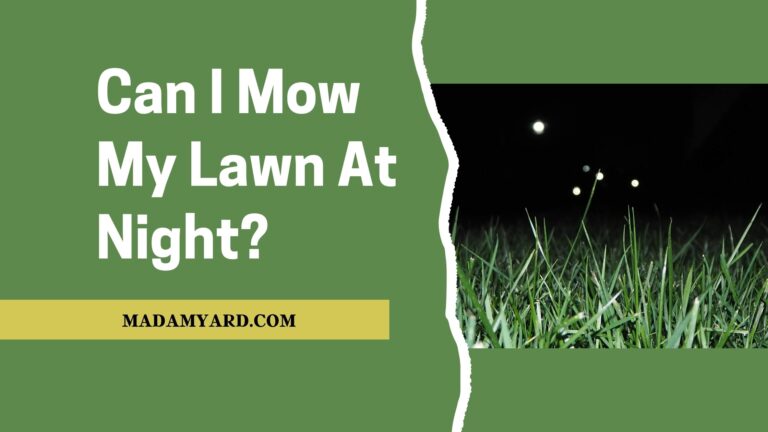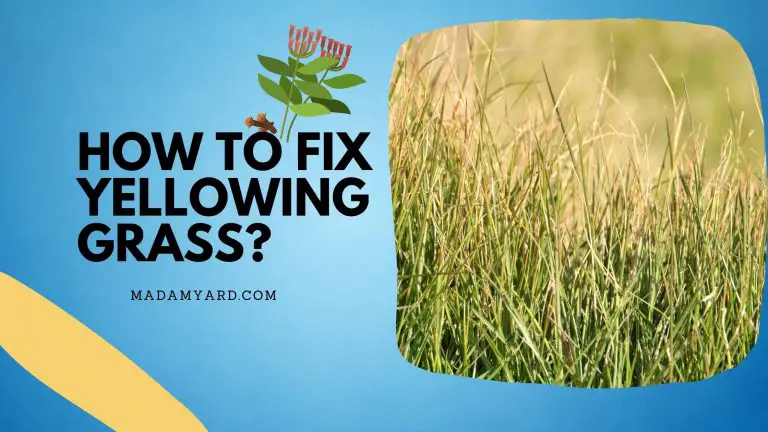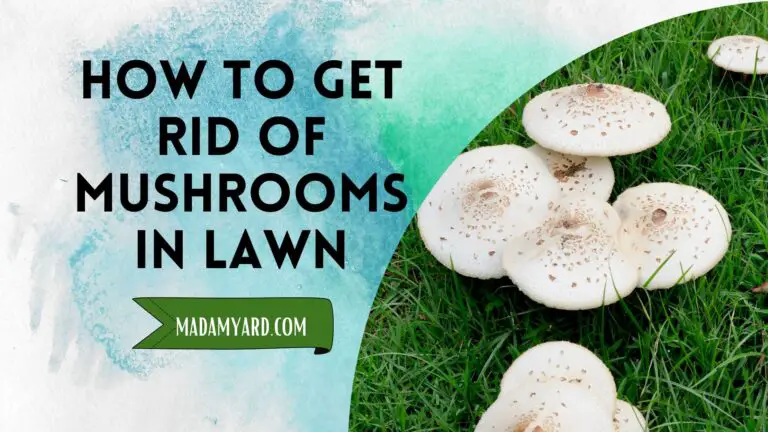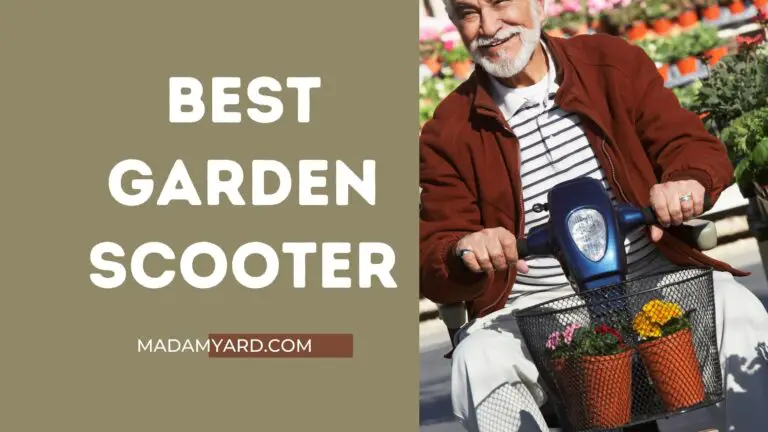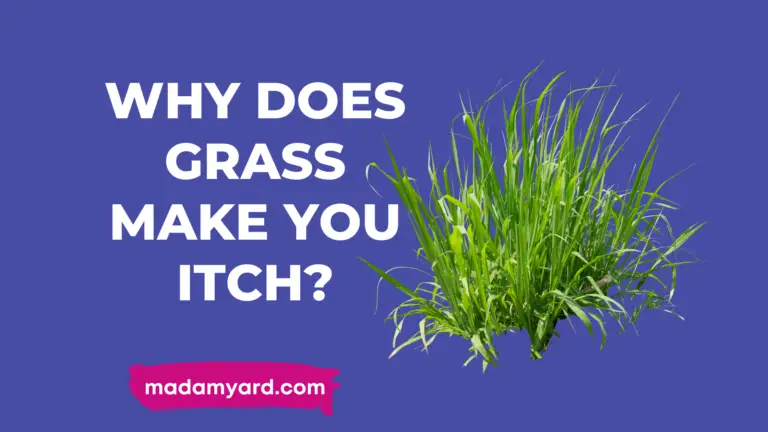Soft Grass For Backyard (Best Grass For Bare Feet)
Soft grass for backyard will make meandering around the yard barefoot possible. But, what if your yard has rough and spiky grass? This surely will detract your enjoyment.
Fortunately, this isn’t something you’ll have to deal with indefinitely! You and your family may enjoy smooth, lush grass no matter where you reside.
What kind of grass is best for bare feet? Due to the density and feel of each blade, both Zoysia grass and Hybrid Bermuda grass have been rated the ideal grass for bare feet.
While the best grass for bare feet varies by region, some Zoysia and Bermuda carpet grass varieties have a loyal following.
So what if you don’t have one of these grass kinds in your yard? Is it necessary to transplant your lawn to acquire soft grass?
Continue reading to discover more about the ideal grass for bare feet and how to improve the sensation of any grass. You’ll have a lush lawn in no time if you follow our fundamental lawn care tips.
What Makes Grass Soft Enough For Barefoot Walking?
Various things influence how enjoyable it is to stroll barefoot on your lawn. In general, grass density, grass health, and grass variety are the essential factors in creating a lush lawn.
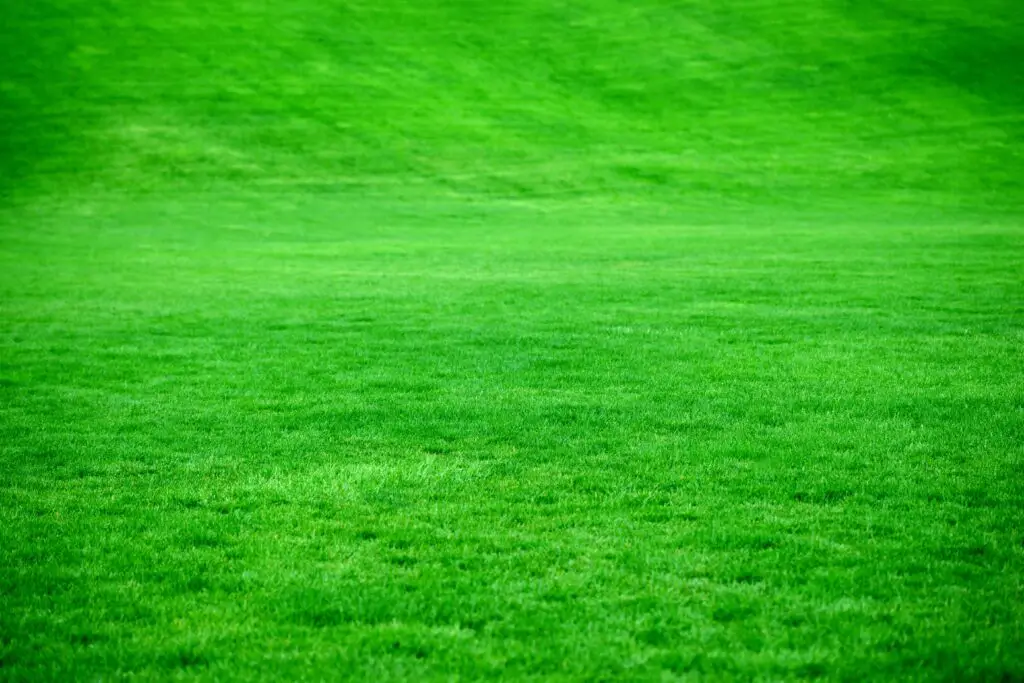
Grass Density
With so many different types of grass to choose from, it might be tough to narrow down your options to the best. The grass density is the first thing to consider while looking for the softest grass for bare feet.
In general, a comfortable lawn to walk on barefoot trends toward the thick rather than sparse end of the range. When condensed grass is healthy, it feels like walking on a soft carpet, and it is precisely the sensation that most of us seek.
Denser grass species also perform a better job of choking out undesired weeds in your yard, which is every homeowner’s nightmare. It’s worth noting that thick grass is more difficult to mow.
As a result, you’ll need to keep up with your mowing schedule to keep the grass from becoming out of hand. For managing thick kinds of grass, many homeowners prefer a self-propelled lawnmower.
Grass’s Health
The health of your grass, more than any other element, will determine how soft it feels on the soles of your bare feet. No matter what grass you have in your yard, unhealthy grass is thorny and difficult to walk on, and it will not only be painful but will also seem unattractive.
Later on, we’ll take a deeper look at preserving the health of your grass. For the time being, keep in mind that grass needs three things: fertilizer, frequent mowing, and moisture.
Variety Of Grass
Some grass species are not as soft as others, even with the best lawn care ideas and procedures.
To properly care for your lawn, you should educate yourself on the many types of grass currently growing in your yard.
If your lawn care regimen hasn’t improved your grass’s softness, you might want to try replacing it with a softer kind.
It is, without a doubt, a massive endeavor. If you and your family like spending time in the backyard, though, it could be worth thinking about.
The Soft Grass For Backyard
The question is how to identify the best grass for bare feet. The answer is that the texture of grasses can be used to identify them.
Fine-textured grass features thin, narrow leaves and are classed as soft grass for backyard.
Soft grass does not wear grass with broad, stiff leaves, such as medium- or coarse-textured grasses.
Medium and coarse grasses are better ideal for playing fields and are uncomfortable walking barefoot.
1. Bent Grass
Colonial bentgrass is helpful for lawns in warm coastal locations because of its fine leaf texture. It tolerates some shade and thrives in cold, humid conditions.
2. Bermuda Grass Hybrid
The light green hybrid Bermuda has good leaves, whereas other Bermuda grasses have a medium to rough texture.
It spreads by rhizomes and stolons that may be clipped down to 1/2 to 1 inch in length. It can withstand heat but not shade, and in the winter, it becomes a straw brown color. If you have Bermudagrass, you can learn how to make Bermudagrass thicker.
3. Creeping Red Fescue
The good, deep green leaves of creeping red fescue can endure moderate foot activity. Except in dry, shaded regions, it does not withstand heat well.
It requires little maintenance, although its seeds are difficult to germinate and take a long time to establish.
Creeping red soft fescue grass is a cool-season grass, which means it grows in the fall and winter and dies in the summer heat.
4. Creeping Bent Grass
The Creeping bentgrass is a fine-textured, brilliant green backyard grass with flat, thin leaves commonly used for lawns, lawn tennis, putting, and bowling greens.
It necessitates a lot of fertilizer and must be watered, mowed, aerated, and dethatched regularly, making it less appealing to those looking for a low-maintenance lawn.
5. Zoysia Grass, Emerald
The warm-season grass Zoysia grass consumes less water than most grasses. It requires little upkeep and can tolerate high traffic, drought, and heat.
Although the hybrid emerald Zoysia grass has good leaves, many varieties have a medium texture. In cool temperatures, it tolerates shade and preserves its color, but in harsh winters, it struggles.
6. Buffalo Grass
The fine-textured grayish-green buffalograss is a native of the North American prairies. It can withstand dryness but no shade and has a long winter dormancy.
It is classified as a low-quality turfgrass by the University of California-Davis. If it is not watered consistently throughout the summer, it will turn brown.
Advantages Of Walking Barefoot On The Grass
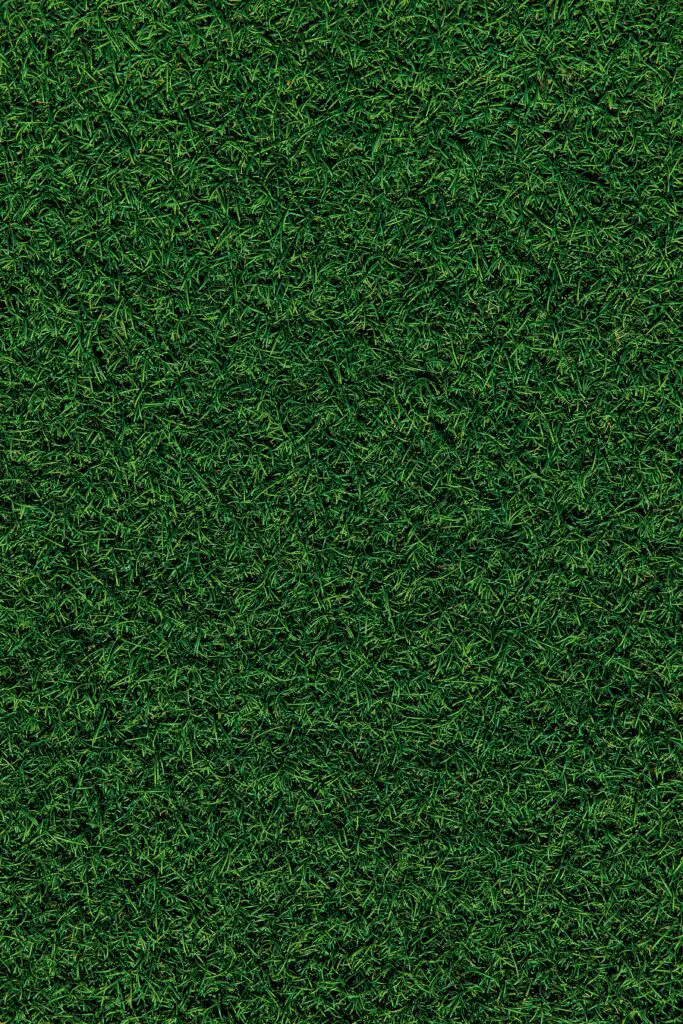
Most of us spend our childhoods roaming around in our backyards without wearing shoes, and it is a tendency that some of us have carried into adulthood.
Apart from the convenience of strolling barefoot in your garden, there are other ways in which this practice may help your emotional and physical well-being!
The following are just a few of the many advantages of strolling barefoot on your grass:
1. Pain And Inflammation Are Reduced
Grounding is a simple and natural approach to reduce injury-related edema and inflammation. Pain is frequently due to the pressure put on irritated nerve tissue.
Walking barefoot on grass and dirt induces a catharsis that reduces overall pain levels by lowering inflammation and allowing oxygenated blood to circulate more freely and effectively throughout the body.
Improved circulation transports health-restoring nutrients to the farthest and smallest corners of the body, allowing for a speedier recovery.
This healing function is directly attributed to the earth’s electrons, which directly contact the body during the grounding process and help nurse it back to health.
2. Enhances Your Vision
Nearly half of the world’s population, in our judgment, is either near or farsighted. You’ll see a lot of individuals wearing glasses and lenses around you, but it doesn’t indicate they have a Ph.D. or anything.
Weak vision isn’t a sign of stupidity; it’s simply the retina’s inability to correctly catch the reflection of the in-focus object, necessitating the assistance of an external component. Somebody correctly stated that the brain sees, not the eye.
- There are several pressure points or reflexology points on our feet. Many of us are ignorant of this truth, yet it is real.
- These locations have very strong ties to various organs throughout the body.
- When you mistreat your feet, you are ignoring your entire body.
- Walking barefoot on grass relaxes the senses by providing the feet with a smooth and soothing feeling. Walking barefoot, in particular, puts more strain on the front toes, which has been linked to vision problems.
- Even the sight of freshly cut grass in the morning is enough to make the eyes happy.
3. Insomnia May Be Managed
Insomnia, often known as sleeplessness, is a sleeping problem. If you have difficulties sleeping or have a restless night’s sleep, you should start walking barefoot on grass, and insomnia is said to be cured by walking barefoot on grass.
Exercise is believed to promote comfortable and deep sleep. Physical touch with the earth’s surface helps lower stress hormone levels in the body and promotes restful sleep.
4. Stress Reduction
Walking barefoot helps to relieve tension. As a stress reliever, I go for walks with my dog regularly, especially in the evenings. It’s even better if you can find a woodland place to stroll in because it brings you closer to and more in touch with nature.
Time spent outside in nature and walking barefoot contribute to lower levels of tension and anxiety. The loops are routes you set out for your stroll to give diversity.
To satisfy my demands, I usually have a “giant loop,” a “regular loop,” and a “short loop,” all of which are time and weather dependant. Deep After a hard day, taking a stroll helps clear your mind and relieve tension.
5. Stimulates The Energy Level
The Earth’s surface is a hub of these electrons and energy elements. When a person walks barefoot on the ground or grass, these electrons or energy are transmitted directly into the person’s body, promoting positive mental and physiological changes.
The Earthing process, or walking barefoot on grass, produces anti-oxidants in your body, making you feel more energized after and throughout your walk.
Walking barefoot on the grass for 20 to 30 minutes stimulates energy and neutralizes electrons in your body, which is beneficial to your brain and neurological system.
Steps For Keeping A Soft Grass For Backyard
1. Mow Your Grass Regularly
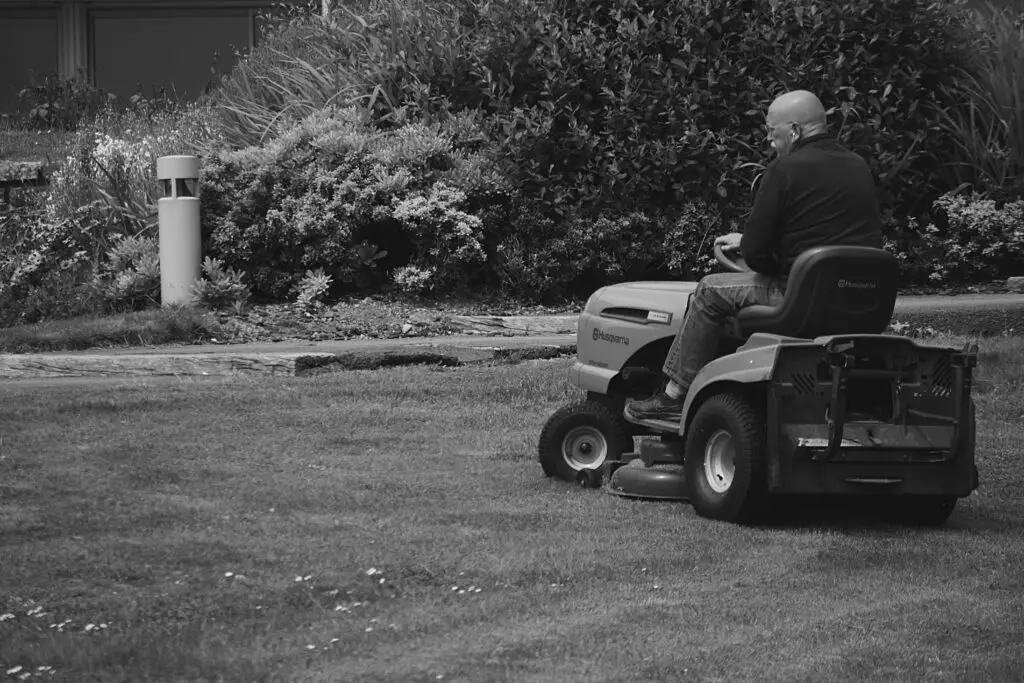
You need to invest in a high-quality lawn mower to maintain your lawn. The lawnmower can get from the low price lawn mower under $300 or under $500. If you have a bigger yard like 3 acres, using a riding lawn mower is more practical.
Mow your lawn at least once a week throughout the summer and every two weeks during the spring, autumn, and warm winters. Trimming the roots regularly promotes them to expand, which helps to cover gaps and keep weeds out.
Raise your mower’s cutting height in the summer to keep the grass longer – roughly 5-10cm – as this will prevent it from browning in dry weather.
2. Fertilize Your Lawn
Although grass obtains most of its nutrients from the soil, it does require some aid. Fertilizing your lawn regularly is vital for keeping it lush and smooth.
To avoid burning your grass and inflicting more damage, use a fertilizer appropriate for your grass type and carefully follow the manufacturer’s instructions.
3. Aerate
This technique permits more air and water to reach the grass’s root zone, which is critical for the grass to get the nutrients it needs to flourish. It’s a fantastic approach to deal with drought-stricken or water-logged lawns.
Aeration involves poking small holes in the soil at specific intervals and depths using a garden fork or specifically designed instruments and machinery – even aerating shoes are available!
You need to know the best time to aerate the lawn for the best result.
4. Fight Lawn Weeds
Even when newly planted, lawns are prone to weeds and weed seeds. Learn about the best weed killer that won’t kill the grass. Also, you can use weed pullers to remove the crabgrass.
5. Feeding And Watering
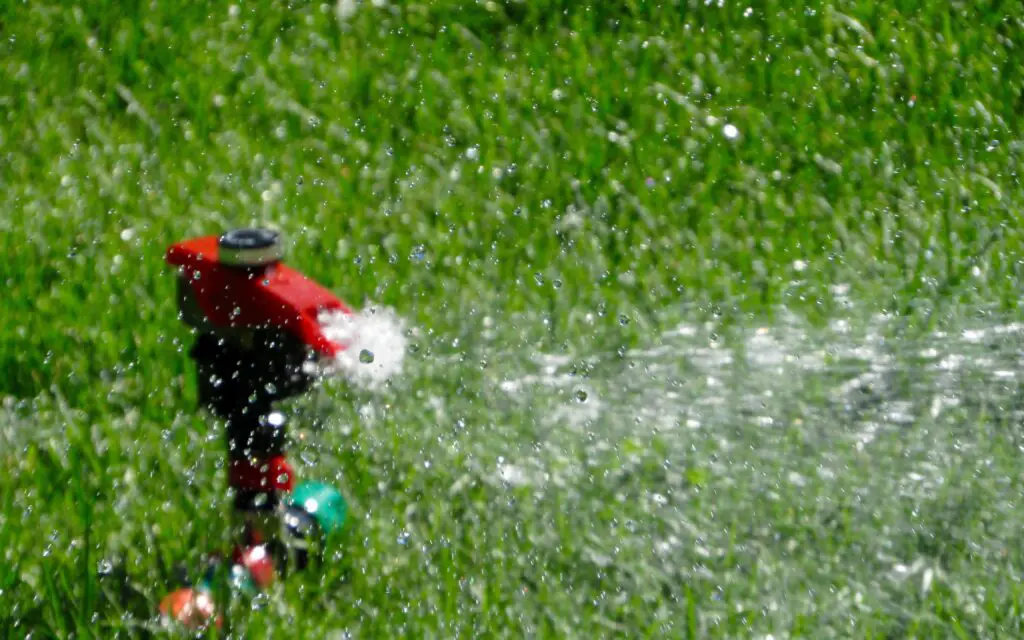
Most gardening supply stores have a range of grass feeds and fertilizers. The kind required will be determined by your area’s soil and weather conditions. Most of them will come with application directions, so it’s best to stick to those.
In general, it’s best to treat your lawn twice a year, once in the spring with a nitrogen-rich lawn feed and once in the autumn with phosphate and potash-rich fertilizer.
All lawns require watering in addition to feeding. If a lawn isn’t given enough water, it will become brown and lose its spring, causing the grass to stay flat when stepped on.
Watering amounts and frequency will be determined by the soil and weather conditions in your area. You don’t want to over-water, either.
To achieve the best results, water the grass first thing in the morning in cooler temps. If you have a new grass seed, there are a few things you need to know about watering new grass seed.
Final Remark
Due to the density and feel of each blade, both Zoysia grass and Hybrid Bermuda grass have been rated as the soft grass for backyard. This grass is also the best grass for bare feet.
While the best grass for bare feet varies by region, a few Zoysia and Bermuda carpet grass varieties have a loyal following.

